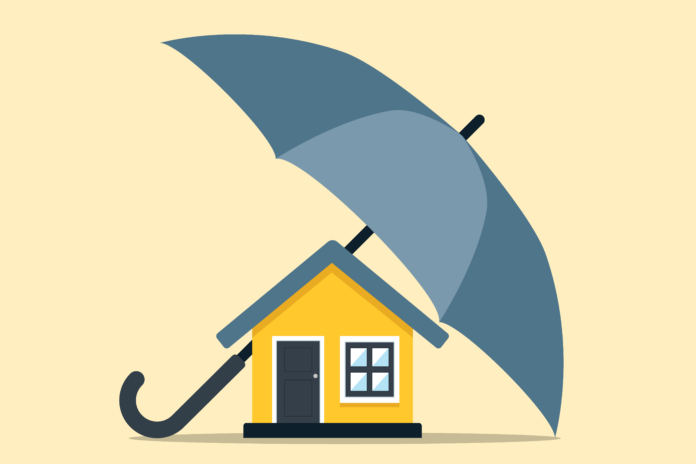Homeownership is a significant milestone for many Americans, representing stability, security, and an investment in the future. However, along with the joys of owning a home come responsibilities, including protecting it from unforeseen events.
Homeowners insurance is a crucial safeguard against potential risks, providing financial support in the event of damages or losses due to disasters, theft, or liability claims. Understanding the average cost of homeowners insurance in the US is essential for homeowners and prospective buyers alike.
In this guide, we’ll delve into the factors influencing insurance premiums and provide insights to help you navigate the landscape effectively.
Factors Affecting Homeowners Insurance Costs

One of the primary factors influencing the cost of homeowners insurance is the property’s location. Insurance companies assess the risk associated with different geographical areas based on factors such as climate, natural disaster frequency, crime rates, and proximity to fire stations.
Homes located in regions prone to hurricanes, earthquakes, wildfires, or high crime rates typically command higher insurance premiums due to increased risk exposure. Conversely, properties in low-risk areas may qualify for lower insurance rates, offering substantial savings for homeowners.
The characteristics of your home play a significant role in determining insurance costs. Factors such as the age of the property, construction materials, square footage, roof type, and condition impact the level of risk and potential repair costs.
Older homes or those constructed with high-risk materials such as wood may incur higher premiums due to increased susceptibility to damage. Additionally, features such as swimming pools, trampolines, and outdated electrical systems may raise liability concerns, resulting in higher insurance rates.
Understanding Coverage Options

Dwelling coverage forms the foundation of homeowners insurance, protecting the structure of your home against damages from covered perils such as fire, windstorms, and vandalism. The cost of dwelling coverage is influenced by factors such as the replacement cost of the property, construction materials, and any additional structures on the premises.
Homeowners should ensure that their dwelling coverage adequately reflects the cost of rebuilding their home in the event of a total loss, taking into account inflation and rising construction costs.
When considering comprehensive dwelling coverage options, homeowners in St. Catharines can rely on Erie Mutual St. Catharines Home Insurance to provide tailored protection that safeguards their investment against a wide range of risks.
In addition to safeguarding the physical structure of your home, homeowners insurance also provides coverage for personal belongings. Personal property coverage reimburses policyholders for the cost of replacing or repairing items damaged or stolen due to covered perils.
The cost of personal property coverage depends on factors such as the total value of belongings, optional coverage limits, and any endorsements for high-value items such as jewelry or electronics. Conducting a home inventory and documenting valuable possessions can help ensure adequate coverage and streamline the claims process in case of loss.

Conclusion
As you navigate the realm of homeowners insurance, understanding the factors influencing costs and exploring coverage options can empower you to make informed decisions.
By prioritizing protection tailored to your needs and leveraging strategies to lower premiums, you can safeguard your home and possessions while maximizing savings. Remember to regularly review your insurance policy to ensure it aligns with your evolving needs and circumstances, providing peace of mind for the journey of homeownership.




